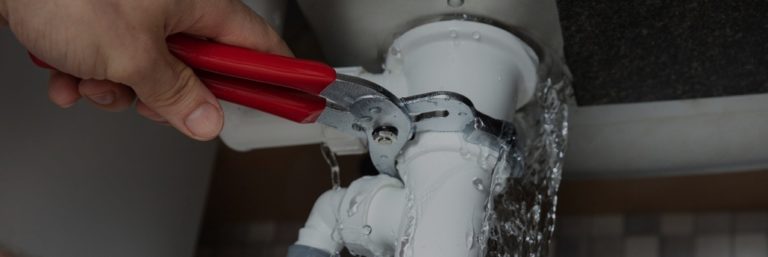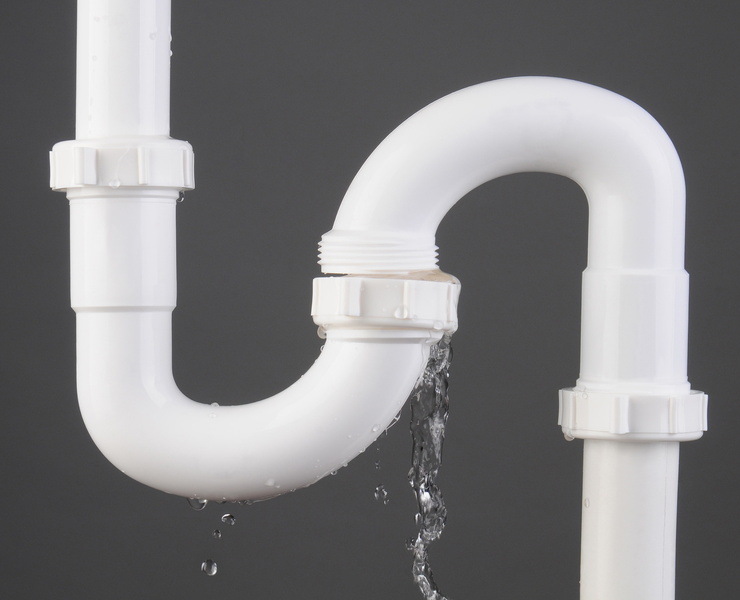Detect Concealed Water Line Leaks: 6 Ingenious Detection Tips
Detect Concealed Water Line Leaks: 6 Ingenious Detection Tips
Blog Article
What are your insights and beliefs on Leaking water lines?

Early discovery of leaking water lines can mitigate a possible catastrophe. Some tiny water leaks might not be visible.
1. Check Out the Water Meter
Every home has a water meter. Checking it is a proven way that assists you uncover leaks. For beginners, turn off all the water sources. Make sure no one will flush, make use of the tap, shower, run the washing device or dish washer. From there, most likely to the meter as well as watch if it will certainly change. Since no one is utilizing it, there ought to be no motions. That shows a fast-moving leakage if it relocates. Furthermore, if you detect no changes, wait a hr or 2 and also examine back once more. This implies you may have a slow-moving leak that could also be underground.
2. Inspect Water Intake
If you identify unexpected adjustments, regardless of your consumption being the same, it implies that you have leaks in your plumbing system. An unexpected spike in your expense suggests a fast-moving leak.
On the other hand, a consistent rise on a monthly basis, despite the exact same habits, shows you have a slow-moving leak that's likewise gradually rising. Call a plumber to thoroughly inspect your property, specifically if you really feel a warm location on your flooring with piping beneath.
3. Do a Food Coloring Examination
When it comes to water usage, 30% comes from toilets. If the color somehow infiltrates your dish throughout that time without flushing, there's a leakage in between the tank and dish.
4. Asses Outside Lines
Do not fail to remember to examine your outdoor water lines too. Ought to water seep out of the connection, you have a loose rubber gasket. One small leakage can lose tons of water and increase your water expense.
5. Examine the circumstance as well as examine
Property owners ought to make it a habit to examine under the sink counters as well as even inside closets for any kind of bad odor or mold development. These 2 red flags suggest a leak so punctual attention is called for. Doing regular evaluations, even bi-annually, can save you from a significant problem.
Extra importantly, if you recognize your home is currently old, keep a watchful eye on your heating units, hoses, pipes etc. Check for discolorations as well as damaging as most pipelines as well as home appliances have a life span. They will certainly additionally normally wear away because of deterioration. If you presume leaking water lines in your plumbing system, don't wait for it to escalate. Call a professional plumber right now so you don't wind up with a horrible mess in your home.
Early detection of dripping water lines can mitigate a prospective catastrophe. Some tiny water leakages might not be noticeable. Inspecting it is a guaranteed way that assists you uncover leakages. One tiny leak can lose lots of water and also spike your water bill.
If you think leaking water lines in your plumbing system, don't wait for it to intensify.
WARNING SIGNS OF WATER LEAKAGE BEHIND THE WALL
PERSISTENT MUSTY ODORS
As water slowly drips from a leaky pipe inside the wall, flooring and sheetrock stay damp and develop an odor similar to wet cardboard. It generates a musty smell that can help you find hidden leaks.
MOLD IN UNUSUAL AREAS
Mold usually grows in wet areas like kitchens, baths and laundry rooms. If you spot the stuff on walls or baseboards in other rooms of the house, it’s a good indicator of undetected water leaks.
STAINS THAT GROW
When mold thrives around a leaky pipe, it sometimes takes hold on the inside surface of the affected wall. A growing stain on otherwise clean sheetrock is often your sign of a hidden plumbing problem.
PEELING OR BUBBLING WALLPAPER / PAINT
This clue is easy to miss in rooms that don’t get much use. When you see wallpaper separating along seams or paint bubbling or flaking off the wall, blame sheetrock that stays wet because of an undetected leak.
BUCKLED CEILINGS AND STAINED FLOORS
If ceilings or floors in bathrooms, kitchens or laundry areas develop structural problems, don’t rule out constant damp inside the walls. Wet sheetrock can affect adjacent framing, flooring and ceilings.
https://www.servicemasterbyzaba.com/blog/how-to-detect-water-leakage-in-walls/

We had been shown that editorial on Leaking water lines from an acquaintance on our other domain. Please set aside a second to distribute this blog if you liked it. Thank you for your time. Visit us again soon.
Opt for our expert plumbers. Report this page